What are Ketones:
Before discussing ketone perfumes, let’s review chemistry. Ketone belongs to a class of organic compounds with a particular functional group known as the carbonyl group, whose carbon has both ends associated with alkyl groups. See the structure below.
If you want to know what ketone smells like, the most common ketone is acetone (CH3COCH3), a liquid with a sweetish odor (which gives the idea of what is now known as ketone perfume). The solubility of acetone in water is a fine property that very few organic compounds contain in them. Apart from this, acetone can dissolve many organic compounds like benzene, alcohols (Another organic functional group interestingly equipped with alcohol markers), etc., which makes it easy to evaporate.
Industries particularly prepare only some ketones on a large scale. Apart from this, many of them are synthesized by various methods. Due to their highest stability, ease of preparation, and relative reactivity, ketones are nearly ideal chemical intermediates for ketone perfume.
You can find Ketones, including several sugars and synthetic or natural steroid hormones, almost everywhere.
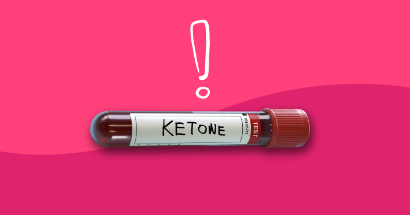
History of Ketone Perfume:
The empire of the fragrance industry has been revolutionizing, from ancient perfumes crafted with natural essences to modern synthetic compositions. One of the most recent developments enhancing scent secrets is ketone perfume.
Generally, for decades perfumers have been utilizing ketone in fragrances. However, recent advancements in scent synthesis techniques have allowed ketones to take center stage in perfumery. Leveraging their diverse molecular structures, perfumers can harness ketones to craft fragrances that tantalize the senses in new ways.
Characteristics of Ketone Perfume.
Besides, the versatile aromatic character is what makes ketone perfumes distinct from others. This versatility involves countless ketones offering unique scent profiles, from musky (popularly a musk ketone) to woody, floral, and fruity.
Ketones exhibit sophisticated olfactory characteristics. Whether the herbaceous, fresh, and reviving aroma of methyl heptine carbonate or the luscious, fruity notes of raspberry ketones suggestive of ripe berries, or the sensual aroma of musk ketone. Moreover, Perfumers blend these aromas in various concentrations to create a high-toned collection of ketone perfumes.
Some Familiar Ketone Fragrances.
A wide range of naturally occurring ketones leads to the development of versatile ketone perfumes. Moreover, all have a distinct aromaticity due to the specific ketones used in their formulation. However, most of these ketone perfumes get their name after the source from where the ketones are fetched to create fragrances. Here is the list of ketone perfumes of high-scale production:
Musk Ketone
Specifically, If you are curious about what is a musky scent or what musk smells like, let us know together. Musks are naturally occurring compounds produced by a few plants and several animals. Musk scents involve a combination of soft, somewhat sweet, and bodily aromas linked to a class of seductive scents.
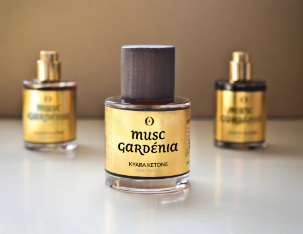
Musk ketone (IUPAC name is 4-tert-butyl-2,6-dimethyl-3,5-dinitroacetophenone: see the structure below) is generally derived from “musk deer.”. Additionally, it dates back to 1888, when a German chemist surprisingly found it while working on explosive TNT (tri-nitro toulene).
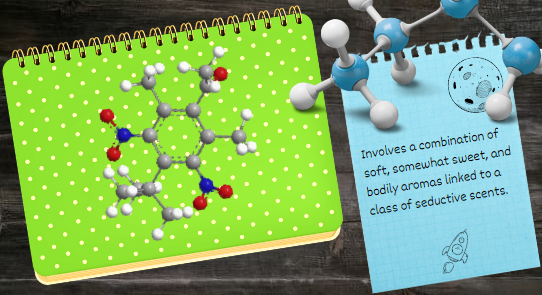
Secondly, Musk ketone has a firm place in perfumery as it acts as a binder, stabilizing volatility and improving perfume aromas’ tenacity.
Raspberry Ketone Perfumes.
Raspberry ketone (IUPAC name is 4-(4-Hydroxyphenyl) butane-2-one; see the structure below) is a phenolic compound famous for its sweet, ripening, and fruity aroma. Primarily found in red raspberries, cranberries, and blackberries, this ketone gets its name from here. Despite of their lower abundance, the perfume industries widely uses raspberry ketones because of their large-scale industrial production via different chemical intermediates, one of which is the Claisan-Schmidt condensation.
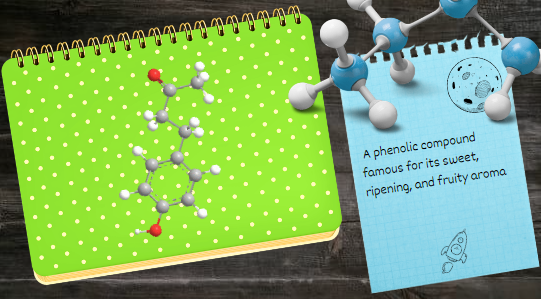
Fruity Ketone Perfumes.
A wide variety of ketones impart fruity notes to fragrances. Two are ethyl maltol (IUPAC name is 2-Ethyl-3-hydroxy-4-pyranone. See the structure below), an organic compound encompassing criminalized, sweet, jammy, strawberry-like fragrances. Second, methyl ethyl ketone, contributes a minty and fruity odor.
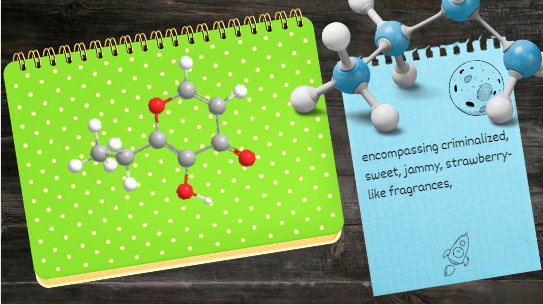
Synthetic Ketone Perfumes.
Synthetic ketone perfume involves Methyl heptine carbonate (see the structure below), which has an herbaceous aroma. The blend of this aroma gives a characteristic not only a fresh, fruity aroma but also gives a revitalizing character similar to the scent of freshly cut grass.
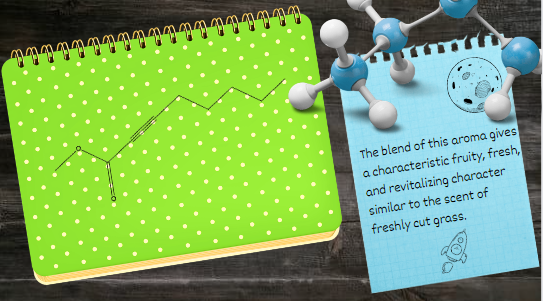
Woody Ketone Perfumes.
Damascones or rose ketones (IUPAC name is (E)-1-(2,6,6-Trimethyl-1-cyclohexenyl)but-2-en-1-one. see the structure below) and iso-e-super (IUPAC name is 7-acetyl, 1,2,3,4,5,6,7,8-octahedron-1,1,6,7- tetramethyl naphthalene) are ketones well known for their woody smell. These ketones have warmth and earthy characters featuring sun-bathed aged woods and producing scents that have grounding and cozy effects.
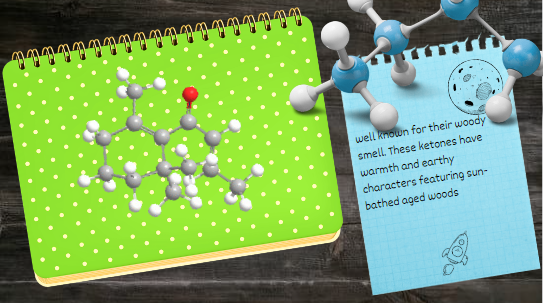
Floral Ketone Perfumes.
Like rose ketones, floral ketone perfumes comprise various floral notes ranging from soft jasmine and rose to vivid iris and violet. Such perfumes create a mesmerizing, feminine, and elegant ambiance, evoking scents of blooming flowers.
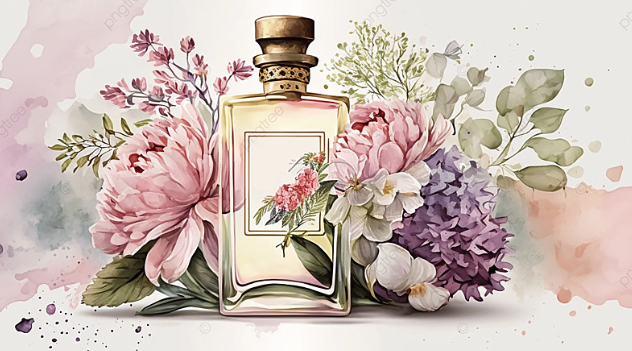
Oriental Ketone Perfumes.
Oriental perfumes combine various ketones to create lavish, rich notes featuring exotic florals, warm spices, and viscous notes, creating carnal, catchy scents.
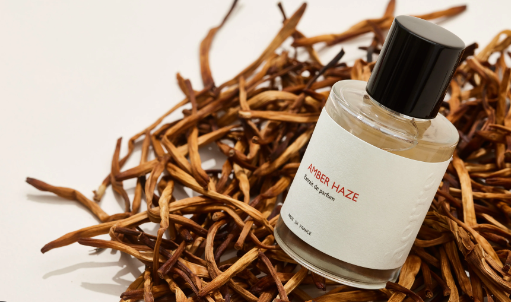
In brief, this article lists few of the ketone perfumes to lighten up your occasion. You can choose from a wide variety of ketone perfumes based on your preferences for wearing floral, musky musk, fruity, or oriental perfumes.
You may also like:
Alcohol Markers: Unleashing Creativity through Chemistry

[…] discussing mesmerizing art created with alcohol markers or the secrets of scents revealed by ketone perfumes, it is high time to delve into the captivating world of phenolic crystals. These crystals’ […]